Article Summary: TL; DR
- What it is: The bed bug is a tiny, oval-shaped parasitic insect with a brownish color, feeding on human or domestic animal blood.
- Common Species: Cimex lectularius and Cimex hemipterus.
- Habitats: Found worldwide, more common in high-traffic areas (apartments, hotels, public transportation, cinemas).
- Resilience: Survive between -10 °C (14 °F) and 45 °C (113 °F). Can go up to a year without feeding.
- Bite Symptoms: Multiple small, red lesions, sometimes in a line or zigzag pattern. Cause intense itching. Most affected areas are face, neck, arms, hands, and back.
- Associated diseases: Bed bugs do not transmit diseases.
- Bite Treatment: Topical corticosteroids and antihistamines. Avoid scratching to prevent bacterial contamination of the wound.
- Bed Bug Elimination: Recommended seeking professional help. Wash clothes and sheets in hot water.
What is a bed bug?
Bed bugs are tiny, oval-shaped, brownish parasitic insects that feed exclusively on the blood of humans and pets.
Due to their small size, nocturnal habits, and ability to hide in bed mattresses, they can go unnoticed for a long time as their bites can easily be mistaken for those of mosquitoes or fleas.
There are several species of bed bugs, but the ones that affect humans the most are Cimex lectularius and Cimex hemipterus.
These bed bugs are found worldwide and can infest any place where people rest. They tend to be more common in apartment buildings or any facility that houses multiple people, such as homeless shelters, dormitories, hotels, public transportation, or entertainment venues such as movie theaters or theaters.
The bed bug is a tiny insect, approximately the size of an apple seed, about 5 to 7 mm long. Its shape is usually oval and flattened, but it becomes more cylindrical soon after feeding on the host’s blood.
Bed bugs are insects that feed on the blood of warm-blooded animals, including humans; they are attracted by the heat and carbon dioxide our bodies produce. Bites are most common at night, when a person is asleep or standing still for a long time.
Bed bugs rarely live on the surface of beds or chairs. Instead, they hide in cracks and crevices in mattresses and pillows, bed frames, drapery creases, carpets, baseboards, or behind wallpaper or peeling paint.
In these hiding places, females usually lay their eggs, which hatch after 4 to 10 days. As the infestation progresses, the bed bugs spread to other corners of the room and adjacent rooms.
Bed bugs are hardy insects that can survive temperatures between -10ºC and 45ºC (14 °F and 113 °F) and can go up to a year without feeding. They have no preference for clean or dirty environments. All they need is a place to hide and a warm-blooded host. Therefore, the presence of bed bugs is not necessarily a sign of poor personal or household hygiene.
Symptoms
Bed bugs typically cause a series of bites and tend to prefer exposed areas of the skin, such as the face, neck, arms, and hands. The back is also a common site.
A complete blood meal takes about 5 to 10 minutes and often goes unnoticed by the host. It is only after some time, usually the following day, that the lesions begin to itch, and the person realizes they have been bitten.
Occasionally, the reaction to a bed bug bite can take up to 10 days to appear, making diagnosis quite tricky, especially if the patient was bitten outside the home.
Reactions to bed bug bites vary; some people have few or no symptoms, while others have a more intense reaction with a lot of itching.
The bites are usually multiple, small (2 to 5 mm), and reddish, with a darker or reddish spot in the center. Multiple bites that form a line or zigzag pattern are typical, but not always present.
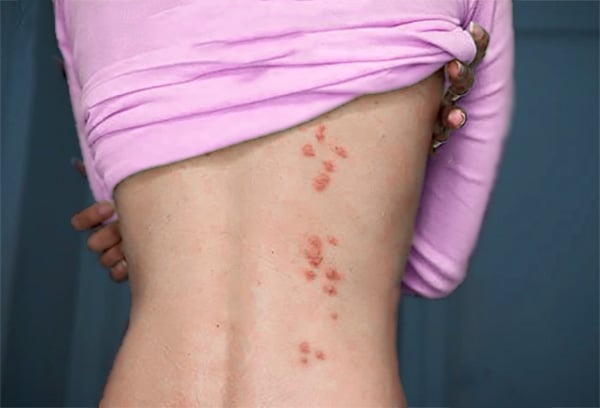
Without treatment, the lesions usually take three to six weeks to disappear. In a bed bug infestation, the patient may have dozens of bites all over the body.
Although bed bugs don’t transmit diseases, their bites can cause serious psychological problems. People who live in places infested with bed bugs often experience significant levels of stress and anxiety generated by the itching and the awareness that there are insects in their beds that will bite them during the night.

Signs that bed bugs are present
It’s not always easy to distinguish bed bug bites from those of mosquitoes, fleas, or scabies. However, some clues are usually present. These are:
- Bites that always appear when the patient wakes up and take several days to disappear.
- Multiple bites that form a line, stripe, or zigzag.
- Blood stains all over the bed, which can occur when the bugs are accidentally crushed by the weight of the patient’s body right after they have fed.
- An unpleasant musty smell in the room produced by the bugs.
- Small black spots on your mattress caused by bed bug feces (as in the previous photo).
- Insect skin flakes all over your bed, left behind as the bed bugs grow.
Obviously, if you see bed bugs anywhere in your bedroom, the diagnosis is made, even if you don’t have any relevant skin lesions.
How can bed bug bites be treated?
Bed bug bites resolve on their own, even without treatment. However, if the itching is severe, low-potency topical corticosteroids, such as triamcinolone 0.1% and oral antihistamines, usually relieve the symptoms. However, these treatments are only symptomatic. If the infestation is not controlled, new bites will continue to appear.
Patients should maintain good hygiene and avoid scratching the lesions excessively, so they don’t become contaminated with skin bacteria.
How to get rid of bed bugs?
The most effective way to eliminate bed bugs is through professional help from pest control teams. Eradicating this insect is very difficult, and you should resist the temptation to try to solve the problem yourself. Don’t try to apply pesticides or other chemical control measures on your own. Eliminating bed bugs requires trained and experienced professionals.
Some measures, however, can help reduce the infestation while the professional team is away:
- Wash bedding, sheets, curtains, and personal clothing in hot water for at least 20 to 30 minutes.
- Dry clothes and sheets in the dryer at maximum temperature. Bed bugs usually die at temperatures above 50ºC (122ºF).
- Place stuffed animals, shoes, and other items that can’t be washed in the dryer on high for about 30 minutes.
- Use a stiff bristle brush to scrub the seams of the mattress to remove bed bugs and their eggs.
- Vacuum the bed and surrounding area frequently. Immediately after vacuuming, place the vacuum bag in a plastic bag and place it in the trash outdoors.
- If possible, clean the mattress thoroughly with hot steam.
- After cleaning, cover the mattress with a zippered cover to prevent any remaining bed bugs (or eggs) from escaping. Because bed bugs can live for up to a year without feeding, keep this cover in place for over 12 months.
- Actively look for bed bugs in seams and under mattresses, behind headboards, in gaps and cracks in the bed frame.
- Get rid of unnecessary items that could harbor the bugs, such as old furniture or bedding.
- If you suspect bed bugs have been brought home from a trip, check suitcases and try to keep them out of the house. Never store bags near your bed.
Things that do not work against bedbugs
- Sleep with the lights on.
- Applying mosquito or other insect repellent.
- Using insecticides that are not specific to bedbugs.
- Using aromatic essences or other homemade products based on natural products.
- Don’t wrap clothes in plastic bags and leave them out in the sun. It is unlikely to get hot enough to kill all the bugs.
References
- Bed Bugs – Centers for Disease Control and Prevention (CDC).
- Bed Bugs: Get Them Out and Keep Them Out – United States Environmental Protection Agency.
- Bedbug Infestation – American Family Physician.
- Stop Bed Bugs Safely – The New York City Department of Heath and Mental Hygiene.
- Bedbugs – UpToDate.
Author(s)
Pedro Pinheiro holds a medical degree from the Federal University of Rio de Janeiro (UFRJ) and is a specialist in Internal Medicine and Nephrology, certified by the State University of Rio de Janeiro (UERJ) and the Brazilian Society of Nephrology (SBN). He is currently based in Lisbon, Portugal, with his credentials recognized by the University of Porto and the Portuguese Nephrology Specialty College.

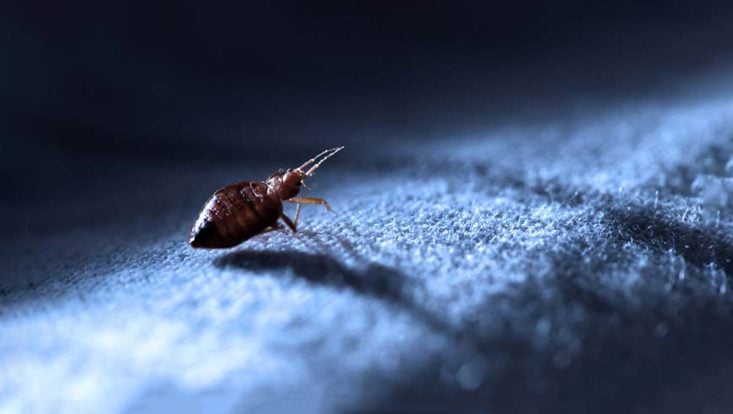
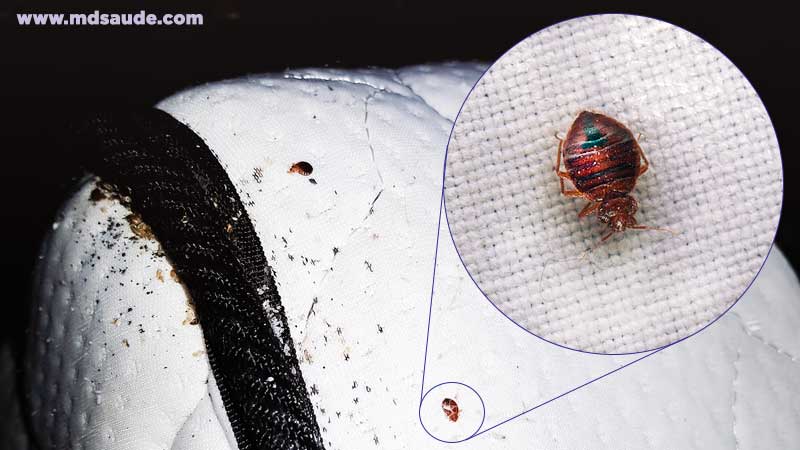
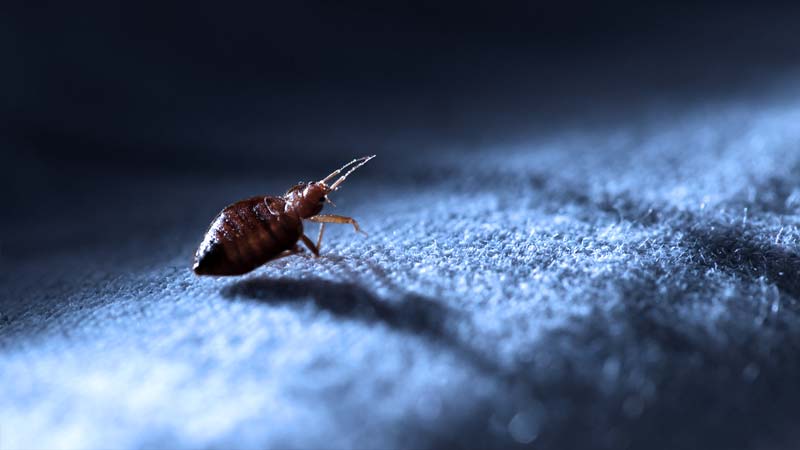

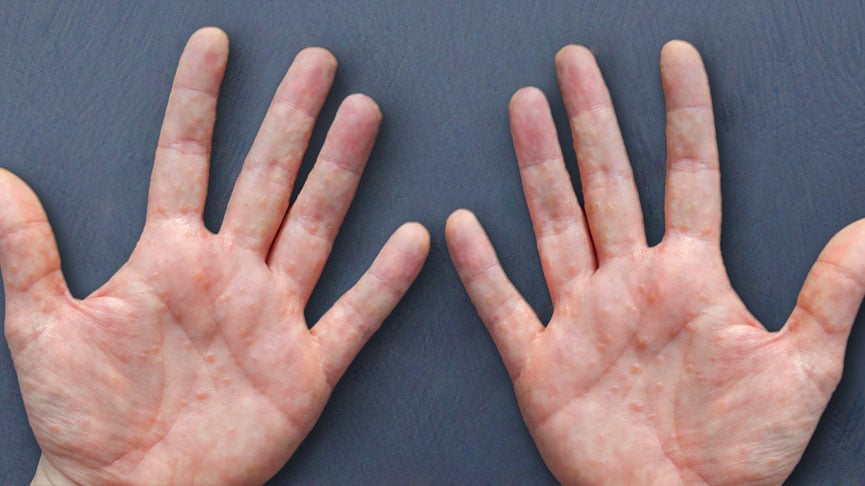

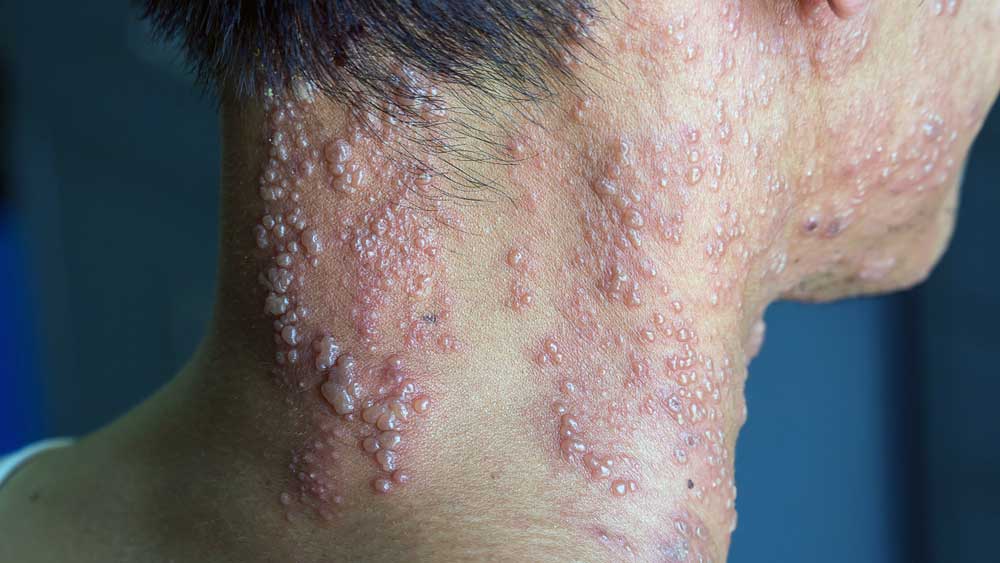
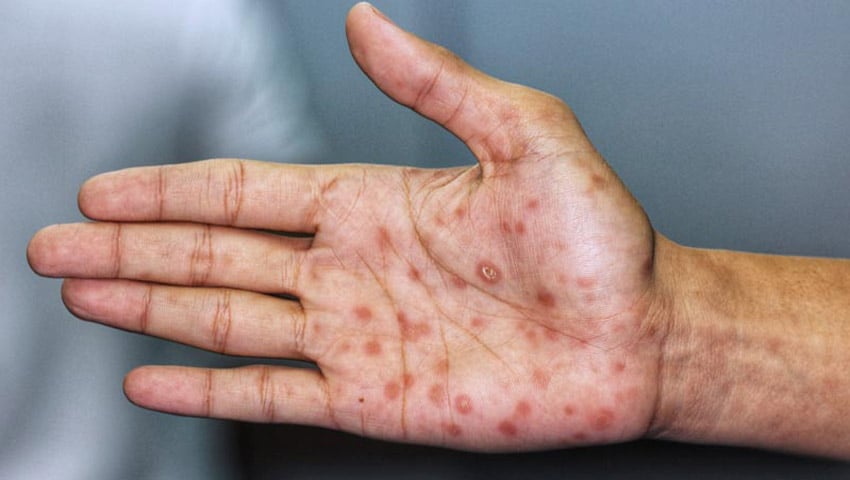
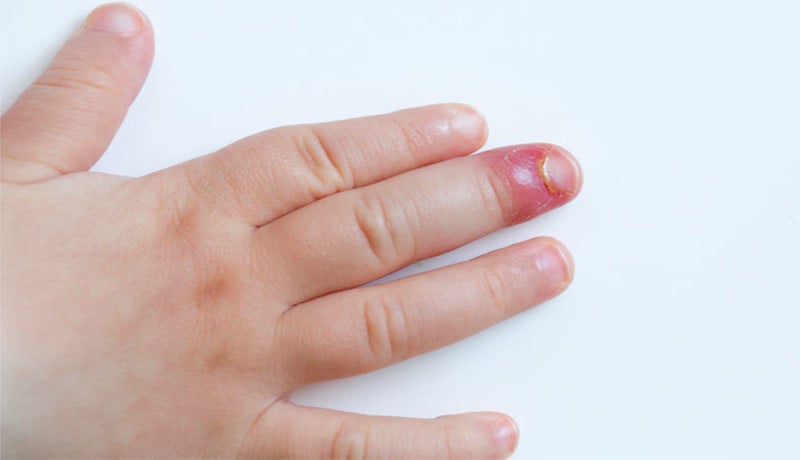

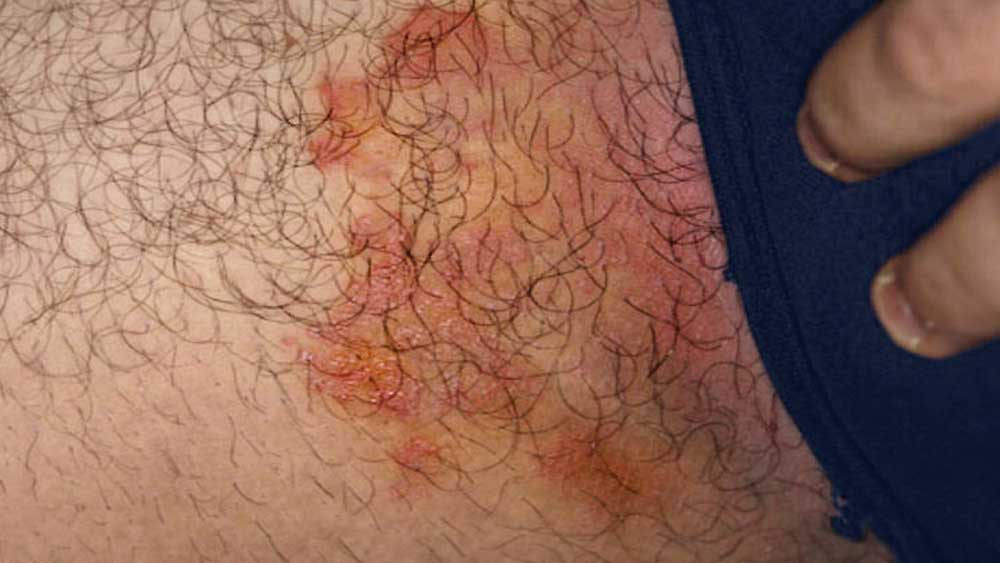
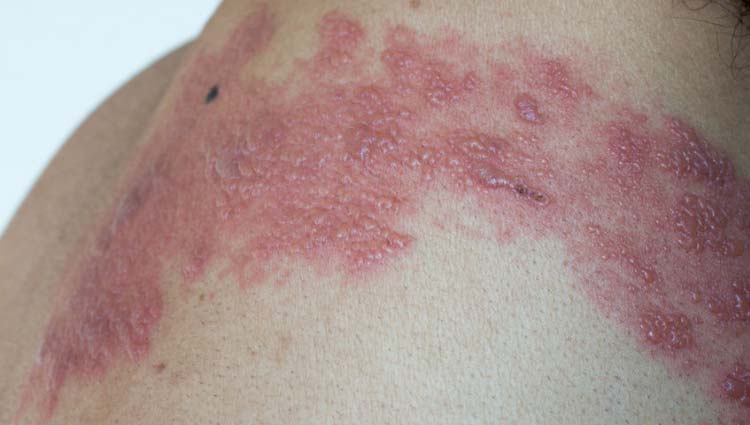
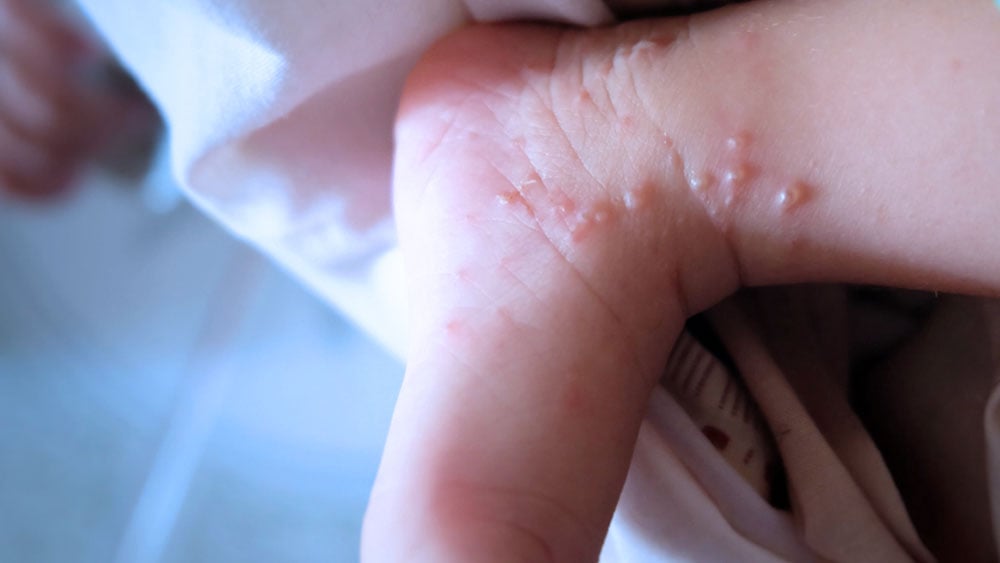


Leave a Comment